WASHINGTON, George. Letter signed ("G o: Washington) as President, to His Excellency Samuel Huntington, Governor of Connecticut, "United States" [New York], 3 October 1789. 2 pages, large folio (12¾ x 8 in.), integral blank (with Huntington's autograph endorsement), the text in the bold, clear hand of a clerk, very minor tears at fold intersections , otherwise in excellent condition. THE BIRTH OF THE JUDICIARY: THE NEW PRESIDENT TRANSMITS THE ACTS OF THE FIRST CONGRESS, NOTABLY THE JUDICIARY ACT OF 1789 ESTABLISHING THE SUPREME COURT An important circular letter by which the Chief Executive, in office a mere six months, transmits a number of key enactments of the First Congress during its 210-day first session (convened in New York on 4 March, adjourned 29 September 1789). Here, the President informs Governor Huntington that "I have the honor to transmit to your Excellency the duplicates [not present] of the following Acts." The President then carefully enumerates nine Congressional acts, including "An Act to establish the Judicial Courts of the United States, An Act to regulate the process in the Courts, An Act to recognize and adapt to the Constitution of the United States the establishment of Troops raised under the Resolves," and "An Act making appropriations for the present year." Rightly, at the top of Washington's list is the Judiciary Act of 1789, voted on 24 September, entitled "An Act to establish the Judicial Courts of the United States." which erected the three-tiered federal court system, consisting of the Supreme Court, the Courts of Appeal and the District Courts. Article II of the new Constitution had simply stated that the judiciary should consist of a Supreme Court and whatever inferior courts Congress chose to establish. The precise details of the system were specified in the historic 1789 enactment, of which Senators Oliver Ellsworth of Connecticut and William Paterson of New Jersey were the principal authors. This important legislation carefully delineated the jurisdiction of the three courts, and erected a system which departed from the English models familiar from the colonial period. The foremost issue in the formation of the judiciary was the relative power and jurisdictional authority to be accorded the Federal and state courts. The Act was intended to provide a fundamental structure that preserved the authority of the state courts (thereby mollifying the vocal anti-Federalist faction), and protected the rights of the individual while ensuring the ultimate sovereignty of the federal judiciary. Section 1 of the Judiciary Act specifies that "the Supreme Court of the United States shall consist of a chief justice and five associate justices." Section 13 spelled out its jurisdiction. Circuit Courts were organized as the principal trial courts in the Federal system, to be presided over by two Supreme Court justices and a local district judge. In response to those who feared the creation of an independent federal court, the state courts were permitted to exercise concurrent jurisdiction over many federal issues, and guaranteed defendants the right to trial in the district where they resided. One of the Judiciary Act's most controversial provisions empowered the Supreme Court to hear-- at its discretion--appeals of verdicts reached in the state courts whenever those decisions were deemed to raise questions of constitutionality of state or federal laws and actions. In retrospect, "it is hard to envision how the supremacy of the Constitution provided for in Article VI could possible have been sustained without a strong federal court system, one empowered to review, and, if necessary, to overturn state court decisions" (http://usinfo.state.gov/usa/infousa/facts/democrac/8.htm)
WASHINGTON, George. Letter signed ("G o: Washington) as President, to His Excellency Samuel Huntington, Governor of Connecticut, "United States" [New York], 3 October 1789. 2 pages, large folio (12¾ x 8 in.), integral blank (with Huntington's autograph endorsement), the text in the bold, clear hand of a clerk, very minor tears at fold intersections , otherwise in excellent condition. THE BIRTH OF THE JUDICIARY: THE NEW PRESIDENT TRANSMITS THE ACTS OF THE FIRST CONGRESS, NOTABLY THE JUDICIARY ACT OF 1789 ESTABLISHING THE SUPREME COURT An important circular letter by which the Chief Executive, in office a mere six months, transmits a number of key enactments of the First Congress during its 210-day first session (convened in New York on 4 March, adjourned 29 September 1789). Here, the President informs Governor Huntington that "I have the honor to transmit to your Excellency the duplicates [not present] of the following Acts." The President then carefully enumerates nine Congressional acts, including "An Act to establish the Judicial Courts of the United States, An Act to regulate the process in the Courts, An Act to recognize and adapt to the Constitution of the United States the establishment of Troops raised under the Resolves," and "An Act making appropriations for the present year." Rightly, at the top of Washington's list is the Judiciary Act of 1789, voted on 24 September, entitled "An Act to establish the Judicial Courts of the United States." which erected the three-tiered federal court system, consisting of the Supreme Court, the Courts of Appeal and the District Courts. Article II of the new Constitution had simply stated that the judiciary should consist of a Supreme Court and whatever inferior courts Congress chose to establish. The precise details of the system were specified in the historic 1789 enactment, of which Senators Oliver Ellsworth of Connecticut and William Paterson of New Jersey were the principal authors. This important legislation carefully delineated the jurisdiction of the three courts, and erected a system which departed from the English models familiar from the colonial period. The foremost issue in the formation of the judiciary was the relative power and jurisdictional authority to be accorded the Federal and state courts. The Act was intended to provide a fundamental structure that preserved the authority of the state courts (thereby mollifying the vocal anti-Federalist faction), and protected the rights of the individual while ensuring the ultimate sovereignty of the federal judiciary. Section 1 of the Judiciary Act specifies that "the Supreme Court of the United States shall consist of a chief justice and five associate justices." Section 13 spelled out its jurisdiction. Circuit Courts were organized as the principal trial courts in the Federal system, to be presided over by two Supreme Court justices and a local district judge. In response to those who feared the creation of an independent federal court, the state courts were permitted to exercise concurrent jurisdiction over many federal issues, and guaranteed defendants the right to trial in the district where they resided. One of the Judiciary Act's most controversial provisions empowered the Supreme Court to hear-- at its discretion--appeals of verdicts reached in the state courts whenever those decisions were deemed to raise questions of constitutionality of state or federal laws and actions. In retrospect, "it is hard to envision how the supremacy of the Constitution provided for in Article VI could possible have been sustained without a strong federal court system, one empowered to review, and, if necessary, to overturn state court decisions" (http://usinfo.state.gov/usa/infousa/facts/democrac/8.htm)
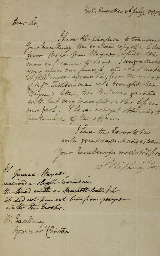

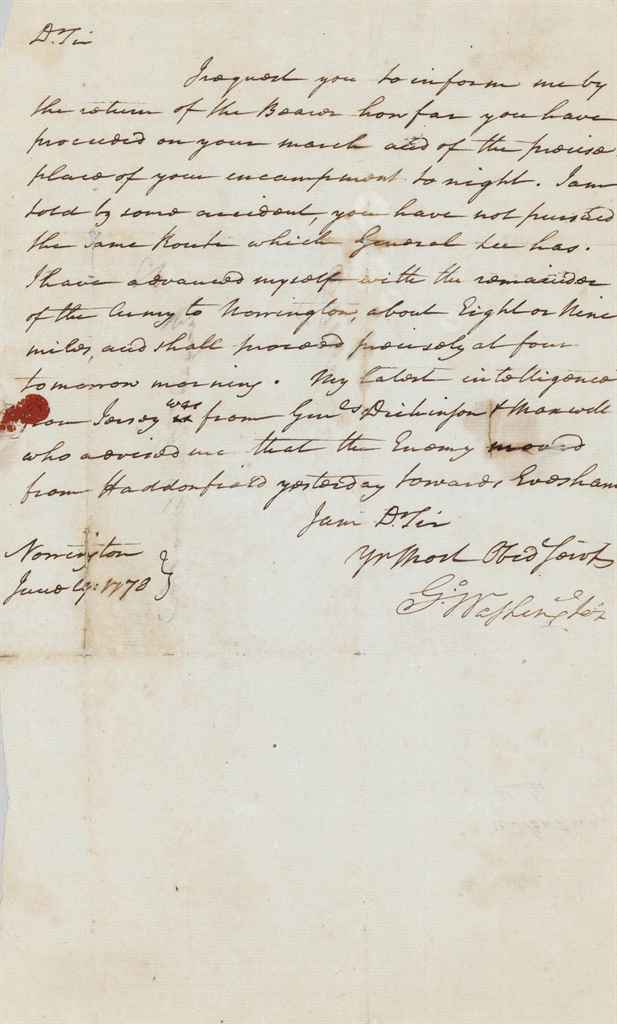
.jpg)
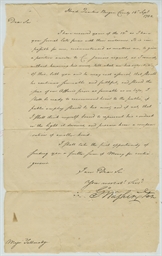
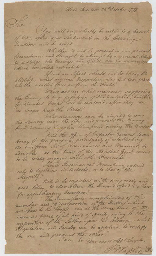
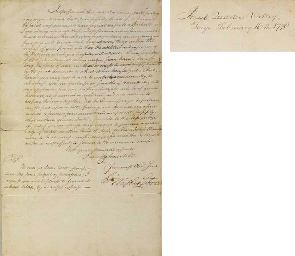
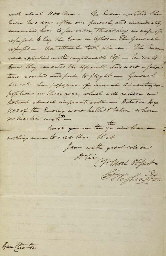
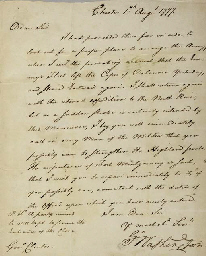
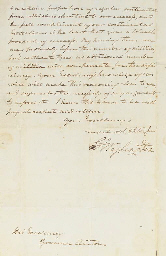
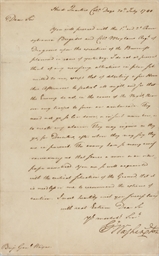


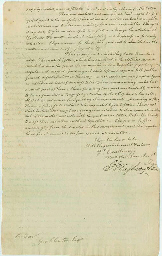
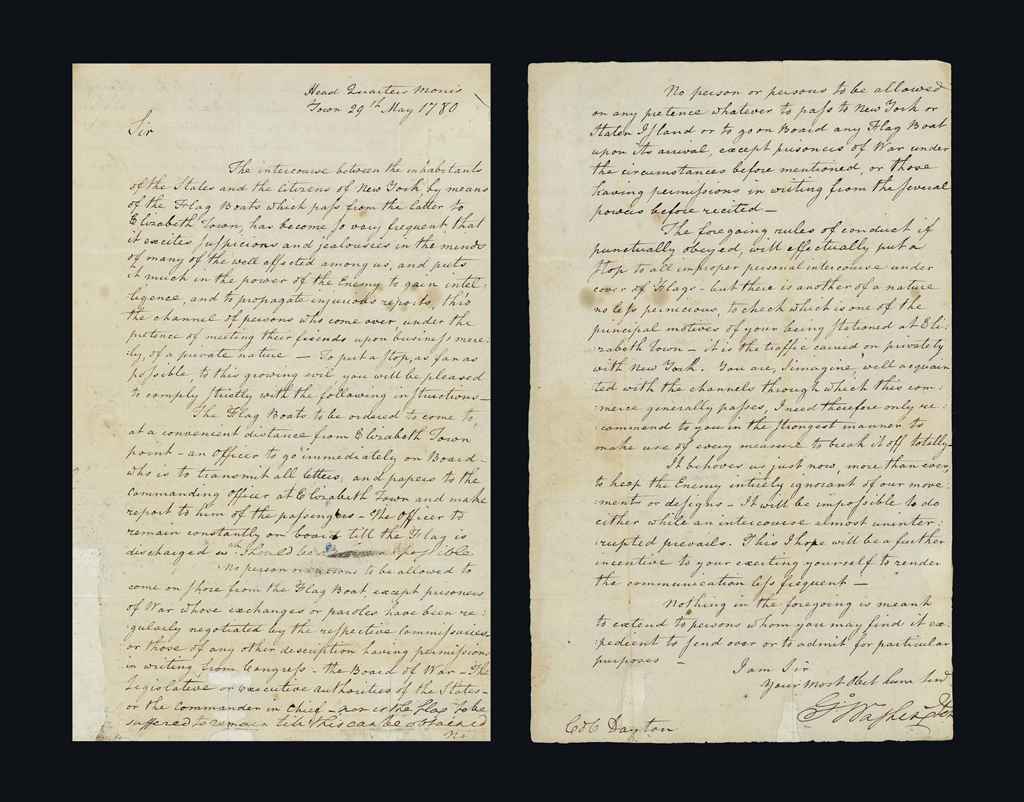
Testen Sie LotSearch und seine Premium-Features 7 Tage - ohne Kosten!
Lassen Sie sich automatisch über neue Objekte in kommenden Auktionen benachrichtigen.
Suchauftrag anlegen